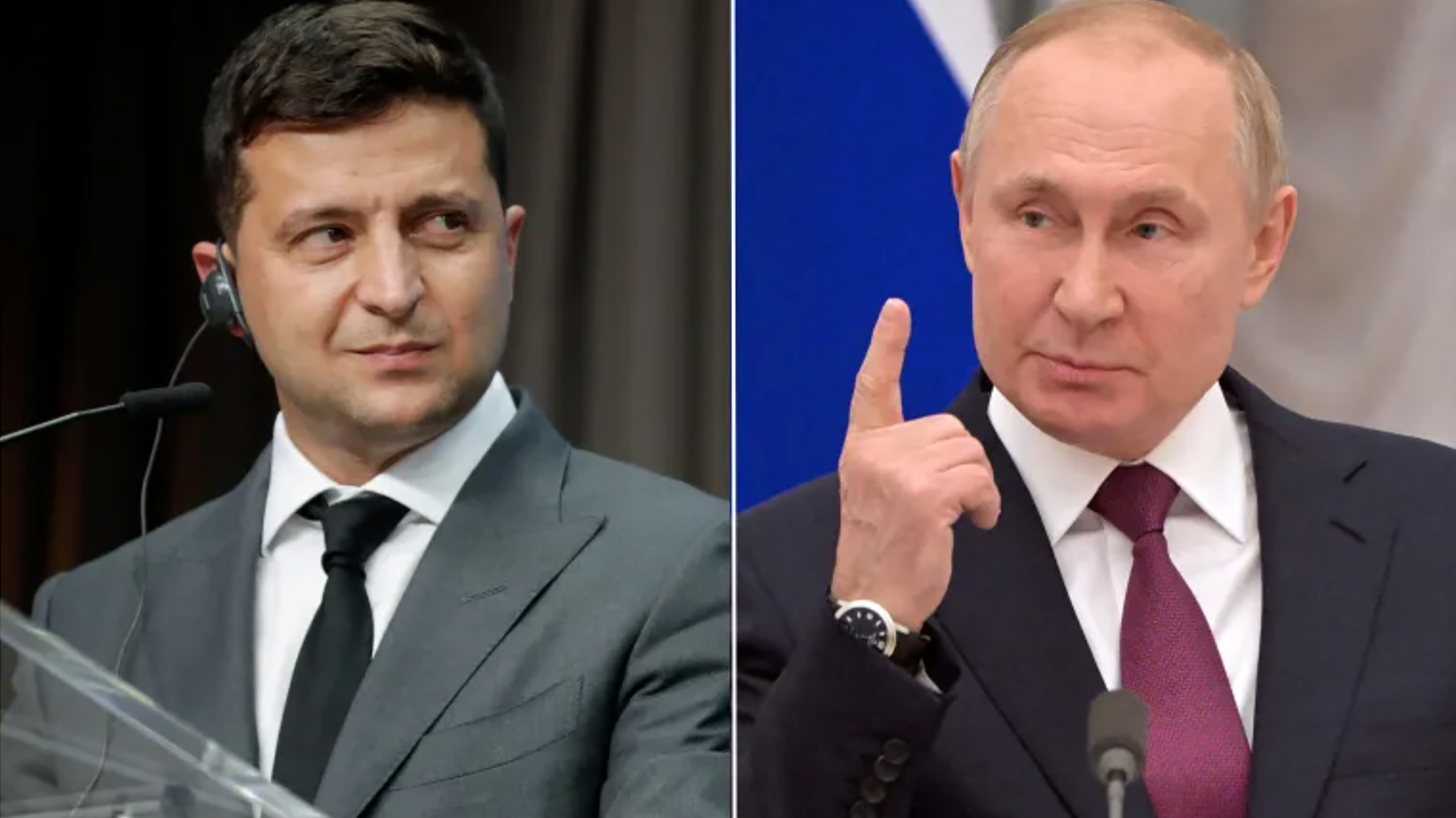
The first anniversary of the war in Ukraine came on 24 February 2023, bringing an opportunity to reconsider the roots of the war, what it has become as it enters its second year, and what it could bring in the coming months, not only for Russia and Ukraine, but also in the broader international arena.
Ukraine has posed a problem for Russia’s strategic security since the first Ukrainian democratic revolution in 2004, but the threat at that point was not urgent. Russia still enjoyed considerable influence within the Ukrainian state and its political class. This changed with the ousting of Ukraine’s pro-Russian president, Viktor Yanukovych, in February 2014, after which Moscow encountered more nationalist, independent-minded leaders determined to strengthen relations with Western Europe and the United States.
Within days of Yanukovych’s ouster, Russia seized Crimea. Soon after, Russian-majority provinces in eastern Ukraine declared their independence and sought to affirm it by force of arms. While the West refused to recognise the annexation of Crimea, it took no military action to counter Russia. It did, however, increase shipments of defensive weapons and strengthened economic ties with Ukraine. It was no surprise, then, that Ukraine subsequently became more determined to join NATO and the European Union.
In late 2021, Kiev sought to resolve the situation in the eastern provinces militarily, at which point Russia mobilised—too late, according to Putin’s critics—for a definitive solution to the Ukrainian issue.
The Putin administration called the war a “special military operation.” What Putin wanted was a lightning military offensive of just a few weeks that would end with the overthrow of the regime in Kiev, the installation of a friendly regime, and the destruction of Ukrainian nationalist militias. But the operation did not go as planned. The attack on Kiev not only failed, but Russia sustained heavy losses before ordering its troops to withdraw.
Moscow moved to an alternative plan, aimed at controlling four Ukrainian provinces in the east and southeast to establish an overland communication route between Crimea and the Russian Federation, secure the peninsula’s water supply, and control the coastline extending from the Sea of Azov to both sides of the land corridor of the Crimea, allowing Russia to deprive Ukraine of access to the Black Sea.
But in September 2022, Russian troops were forced to withdraw from Kharkiv in the east, followed by the western side of Kherson, just north of Crimea, in November. And despite five months of continuous Russian attacks, the strategic city of Bakhmut in the Donbas is still the scene of bloody fighting.
After a year of fighting, it is clear that Russian military leadership was unprepared and that Russian forces lacked both strategic and operational competence. In addition, Russia now faces a unified NATO in Ukraine, led by the United States. Western Europe has freed itself of its dependence on Russian energy and has successfully made it through a harsh winter despite predictions of a severe energy crisis. Despite two decades of efforts to secure a position in Europe, Russia finds itself almost entirely driven out of Europe politically, economically and culturally.
With all parties still clinging to their demands, there is no end in sight to the war: Russia wants to cement its control over four Ukrainian provinces and win recognition of its sovereignty over Crimea, as well secure guarantees for Ukrainian neutrality. Ukraine wants a definitive end to hostilities and the withdrawal of Russian troops from Ukrainian territory (including Crimea), followed by negotiations on Ukraine’s strategic future.
In public, the United States and European Union support Ukraine’s demands. In fact, NATO countries seek to sap Russia to prevent it from imposing political control over Ukraine and deter it from repeating the same scenario elsewhere in Europe. But the West is not looking to inflict a crushing military defeat on Russia. Not only is such a goal impossible, but the West understands that a military defeat could plunge Russia into chaos, which would threaten European security. Nevertheless, Western goals cannot be achieved without massive destruction and Ukrainian losses.
After a year of war, Russia’s losses seem far greater than its gains, and Ukraine’s goal of reclaiming all territories occupied since 2014 seems impossible. Russia will continue to pay heavy human, economic and military costs for its control over Crimea and the four provinces. Ukraine, while not yet a NATO member, has effectively become a zone of Western economic, military and security influence.
Russia, in other words, is in trouble, while in Ukraine, town after town is devastated, and the economic burden of the war on Western capitals is steadily increasing. The only exit from this infernal predicament is rational negotiations in which all parties make concessions. Any other path will necessarily expand the confrontation, both in and out of Europe.
*This is a summary of a policy brief originally written in Arabic, available here.